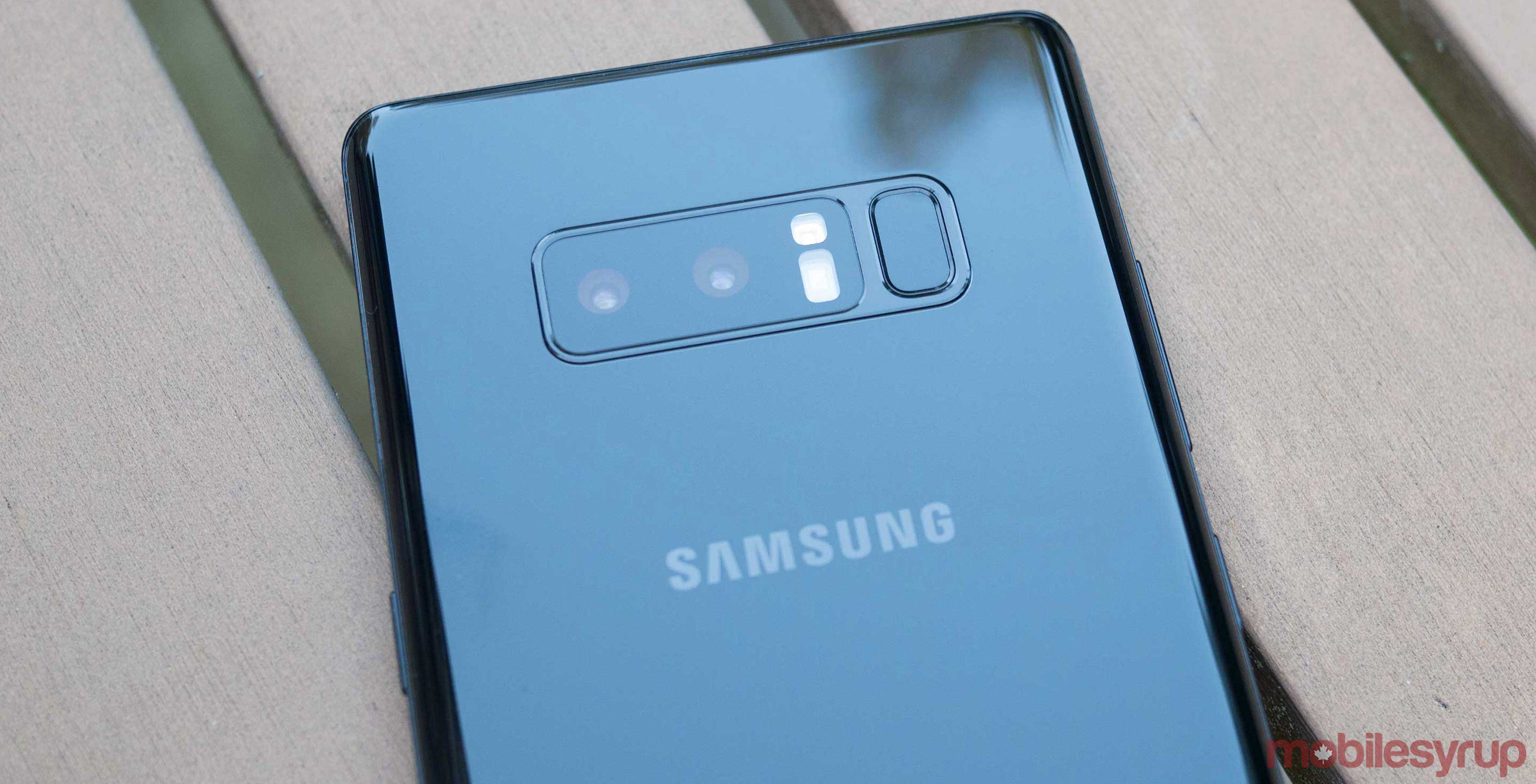
Samsung’s attempted redemption for its Note line is, in part, reliant on the Note 8’s camera performance. Having proven it can produce a superb shooter among the top of its class in the industry, this phone will have people firing away.
I don’t say that lightly. For a company that has been reeling back its software excesses for years now, Samsung’s propensity for gimmicky features had long been a hallmark of its camera settings. For perhaps the first time, one of the company’s flagships actually feels leaner — at least as it pertains to the camera.
Adding a second lens in the rear provides a physical dimension to a feature that was otherwise achieved through software interpolation. With really fast focusing and an excellent Pro mode, the real disappointment may be that most Note 8 users may never truly realize the camera’s full potential.
Seeing double
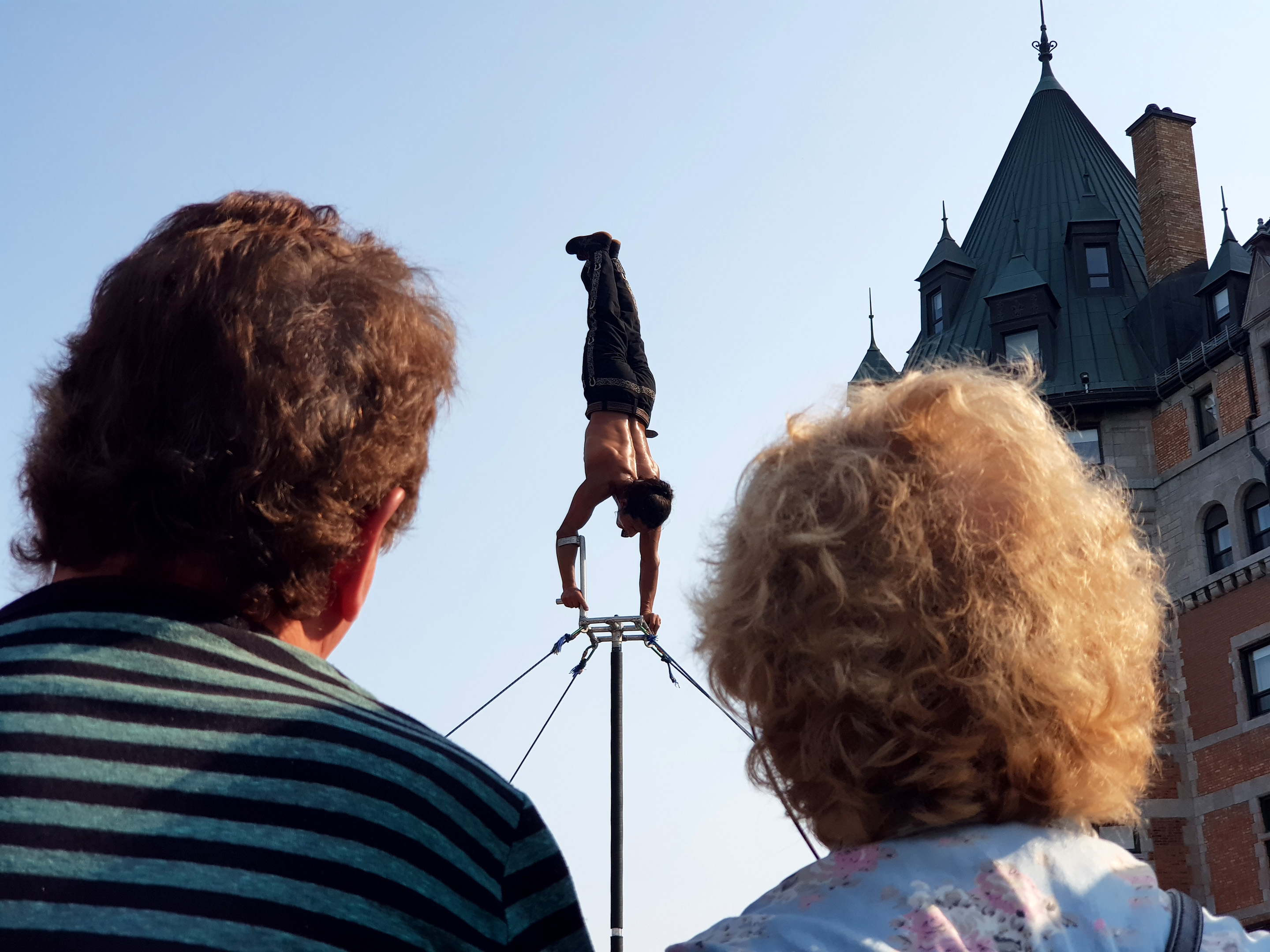
Compared to the Galaxy S8 and S8+, there is little difference on paper. The specs are the same: a 12-megapixel sensor with f/1.7 aperture lens and optical image stabilization (OIS). Only this time, the second telephoto lens also has a 12-megapixel sensor with an f/2.4 aperture lens and OIS. Its 2x optical zoom works in much the same way similar lenses do in other devices like the iPhone X, iPhone 7 Plus/8 Plus and Asus Zenfone 3 Zoom.
And like Apple, the two lenses work in tandem in a new mode called Live Focus for creating bokeh or depth of field effects. While the telephoto lens focuses on the foreground subject, the main camera captures everything else. Where the Note 8 differs from Apple is that shooters can adjust the background blur after with a quick post-processing slider. Additionally, the iPhone 7 Plus and 8 Plus have f/2.8 apertures on their zoom lenses, allowing even less light in. The iPhone X matches the Note 8 with an f/2.4 aperture for its second lens.
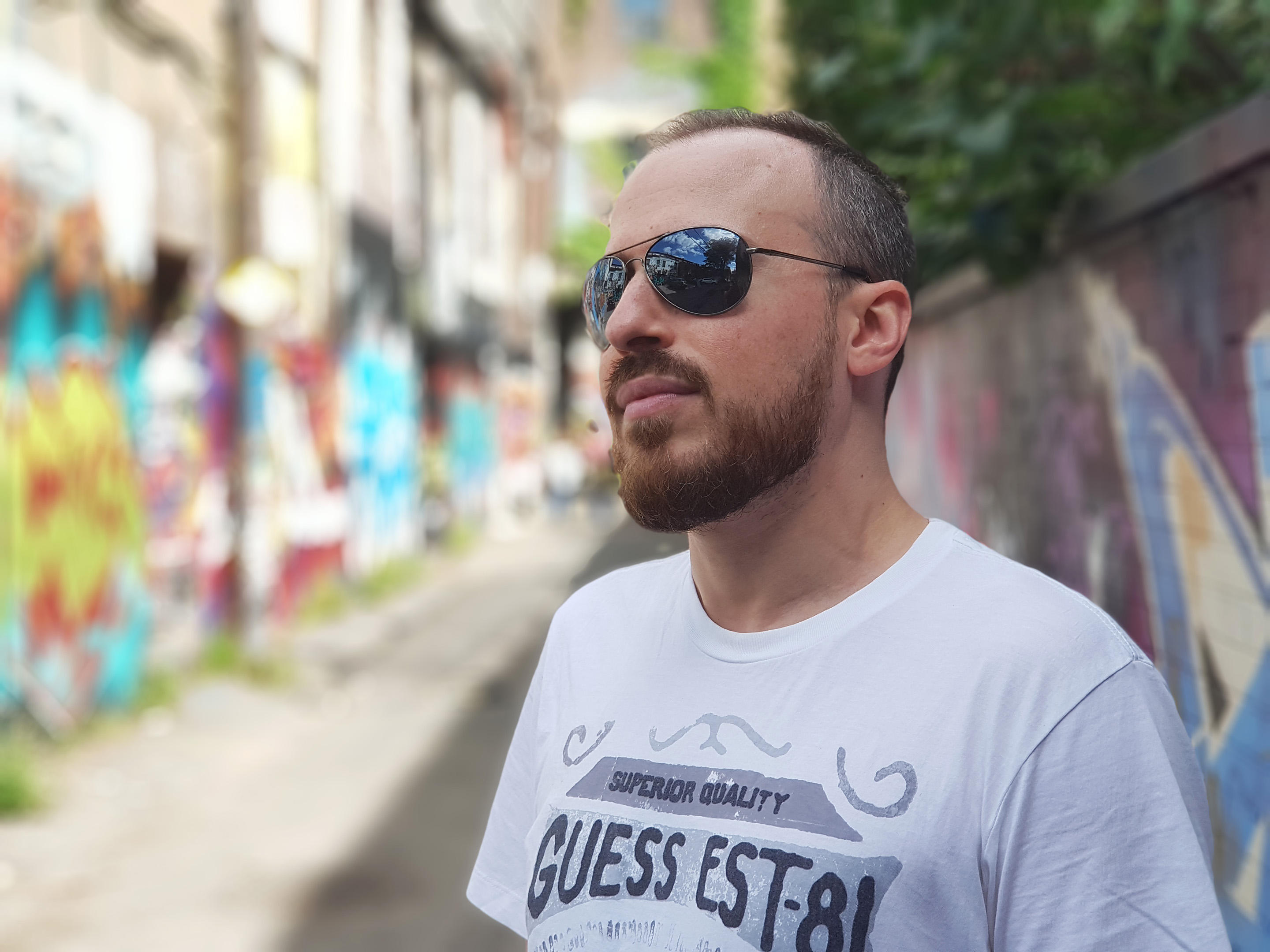
Apple also promotes its bokeh feature with the Portrait Mode moniker, cornering what it believes is the best use for it. Except it works very well when shooting anything from a culinary dish to a pet, so long as the subject is still and lighting is optimal. There’s just no way to adjust the blur after shooting.
Live Focus has no such restriction, inferred or otherwise, making its usefulness more versatile. It requires that shooters be at least 1.2 metres from the subject to kick in. Stray too far back, and it doesn’t work because you would be out of focusing range for the telephoto lens. If the lighting is too dim, nothing happens, either. All of it is spelled out with quick messages below noting when it’s actually active.
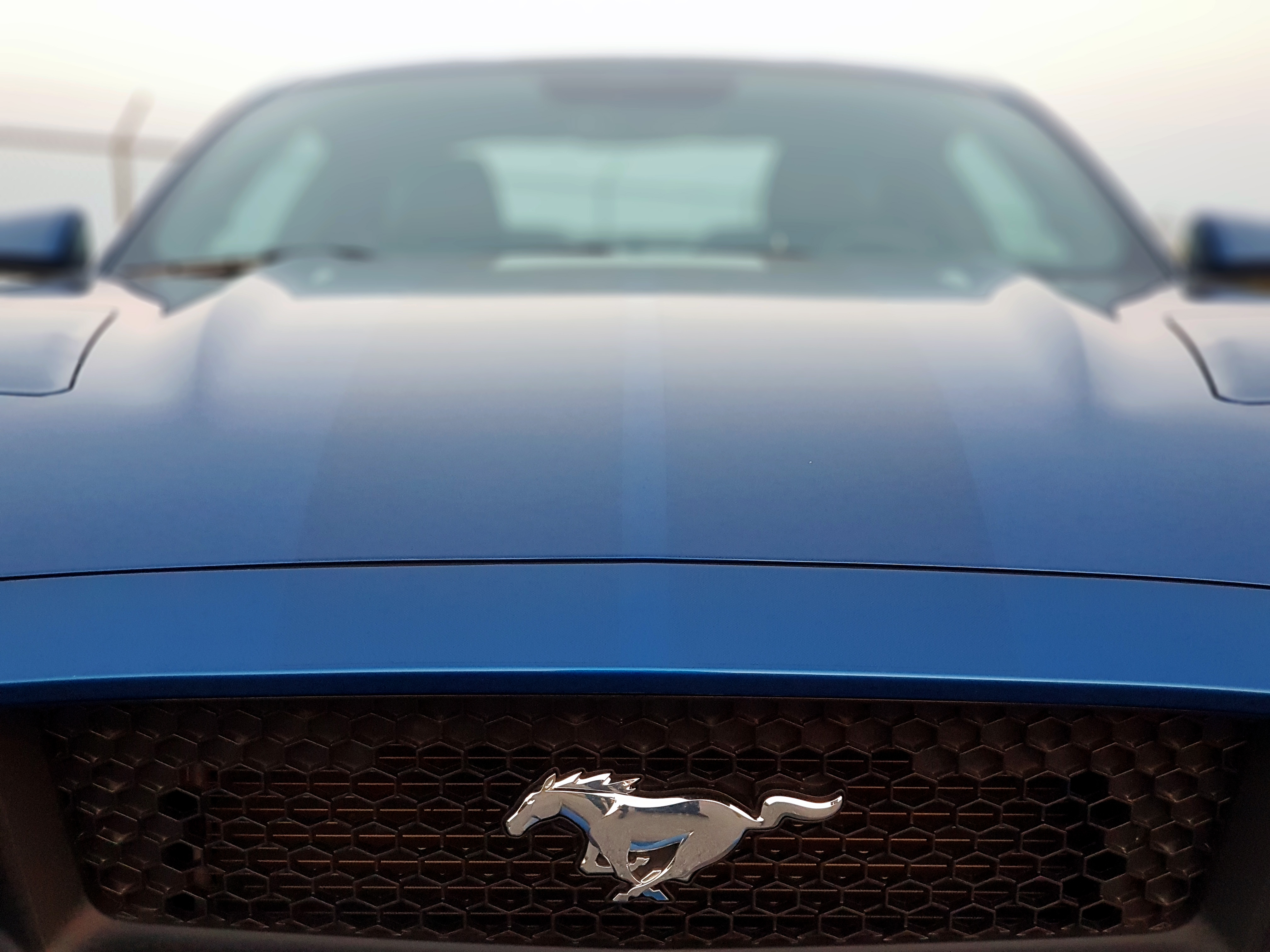
The results were impressive to my eyes, with shots that looked dynamic and artistic. When I showed people the Note 8, Live Focus was the feature that garnered the most attention.
Sharpening the focus
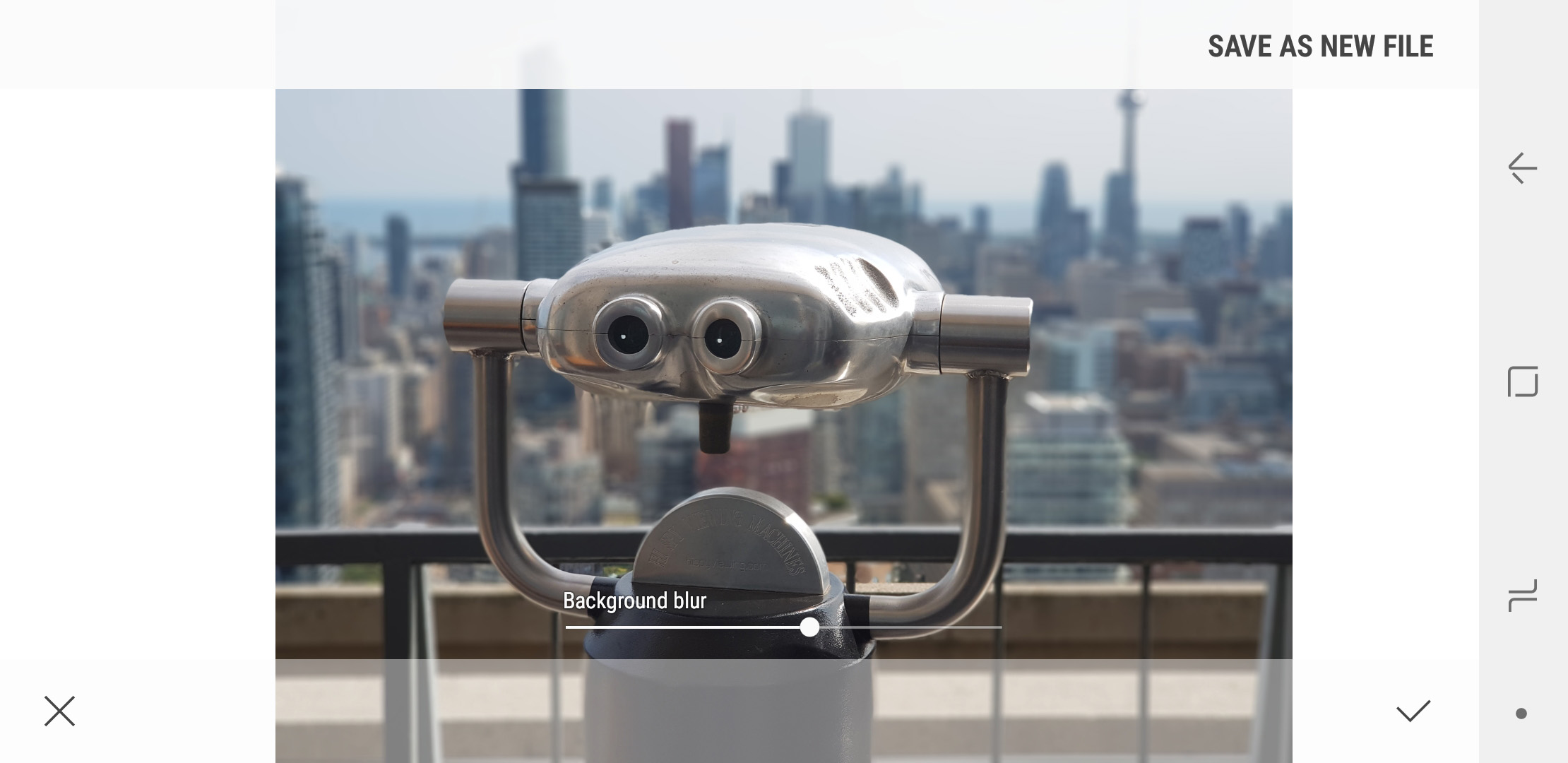
The drawback with using this kind of imaging technique is that it’s imperfect because it’s trying to use software to make up for the limited optics involved. Small smartphone lenses can’t match the depth of field a DSLR can produce, though what’s available here is a good alternative.
Samsung’s feature works best when there is a contrast between the foreground subject and background, particularly as it relates to distance and lighting. For example, shooting a woman’s face from an angle, the telephoto lens might blur the hair falling down on the far side of her face along with the background. Other times, the transition isn’t fluid, leaving blotches or unprocessed pixels between the subject and background. Apple’s Portrait Mode doesn’t do that on the iPhone 8 Plus.
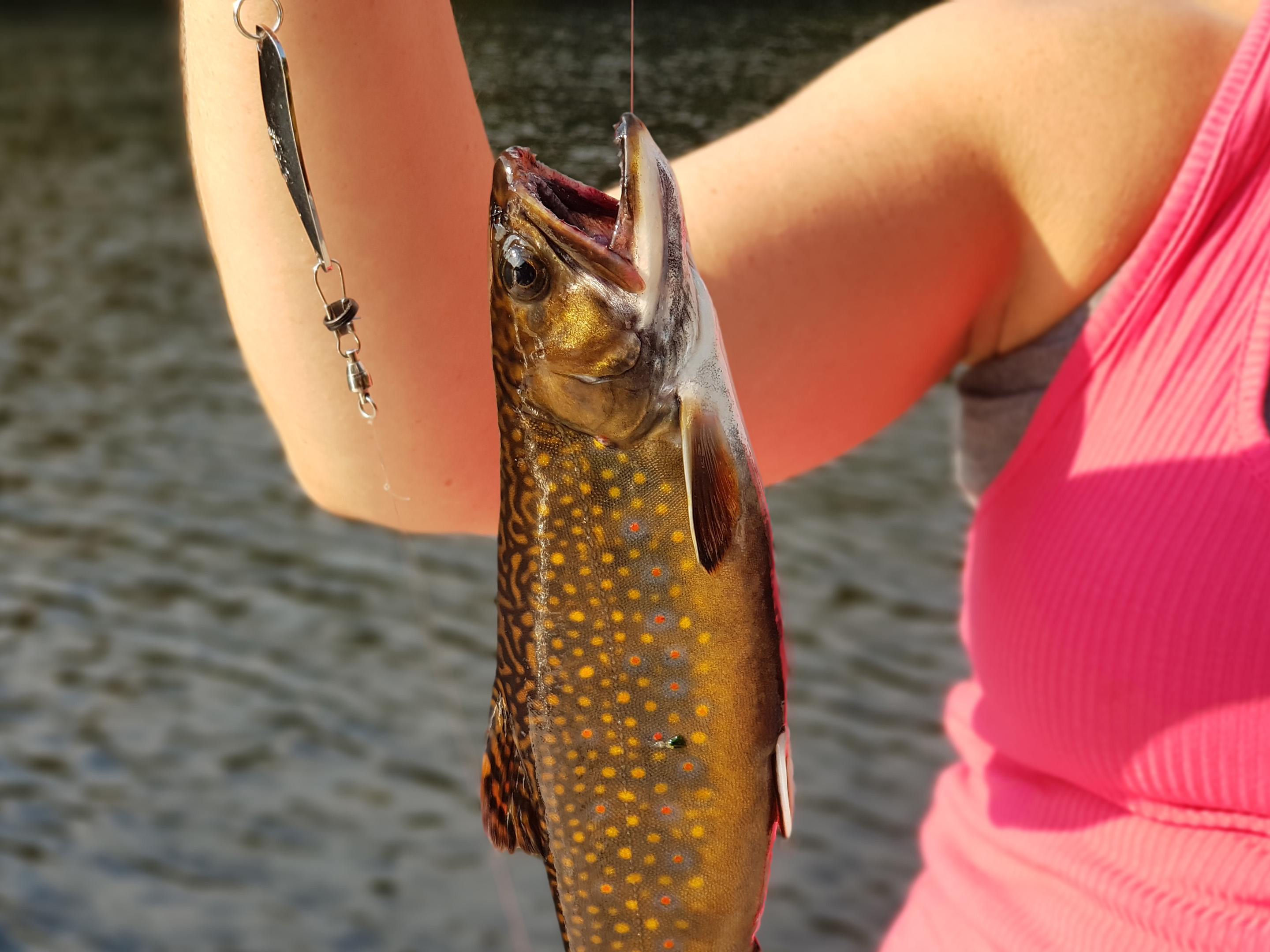
I would also caution against habitually moving the slider to full on every shot because subtler blur sometimes looks more natural. I imagine those with some photography acumen would ascribe to that, but that’s just my observation.
In the right conditions, of which there are many in my experience testing it, Live Focus offers a nice dramatic twist to what would otherwise be run-of-the-mill snaps.
Turning pro
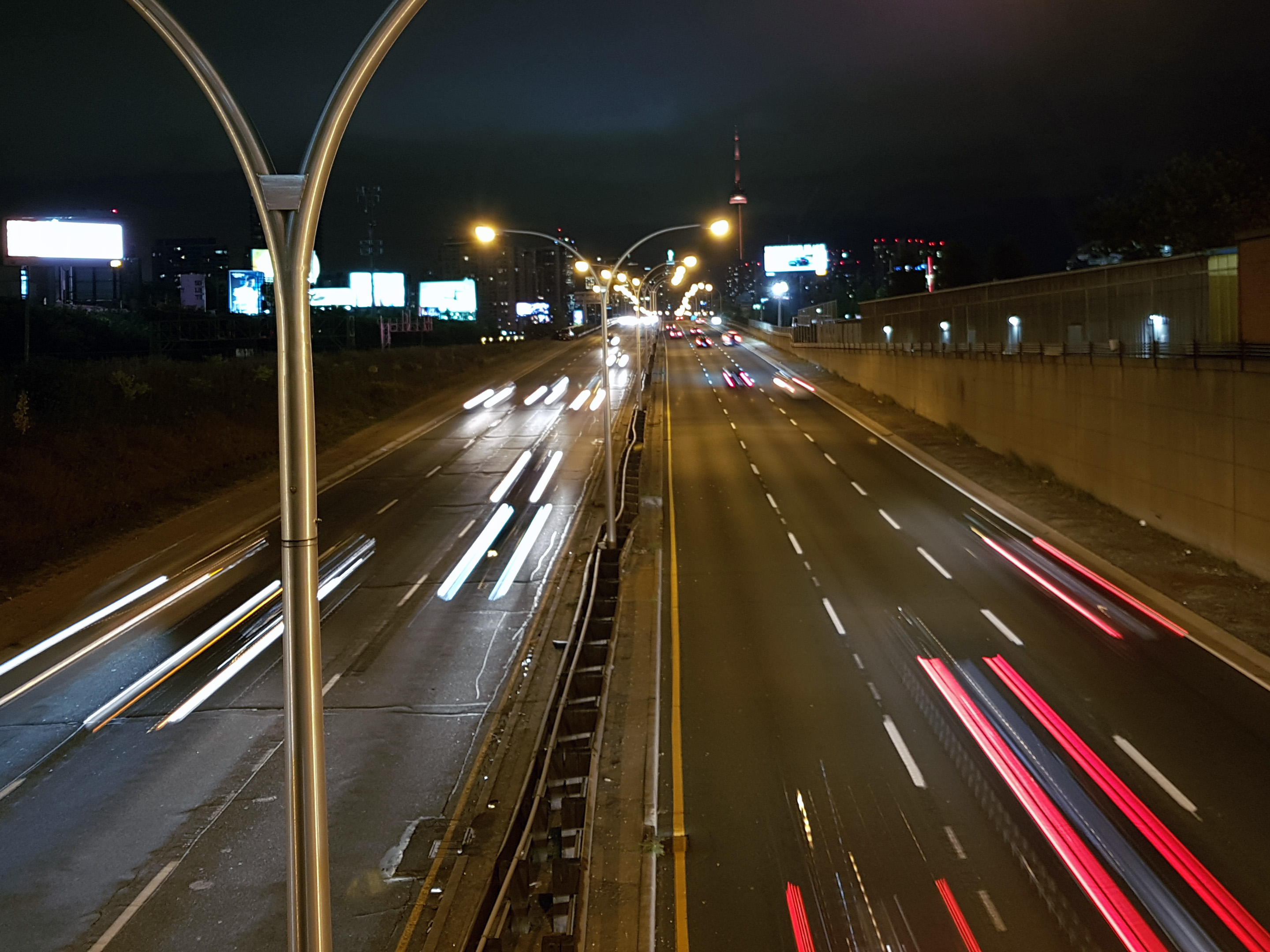
As good a shooter as the Note 8 is in Auto, Pro mode almost always takes things a step further. Nothing’s changed in the interface or options available. The way the Note 7 and Galaxy S8 and S8+ shot, so does the Note 8.
A huge omission here is the fact Pro mode is unavailable when shooting anything with the 2x telephoto lens. Limiting the zoom to Auto only felt constraining to me. Sure, the tighter f/2.4 aperture makes low-light shooting difficult, but Pro mode could at least help offset Auto’s indulgence to crank up the ISO and lower the shutter.
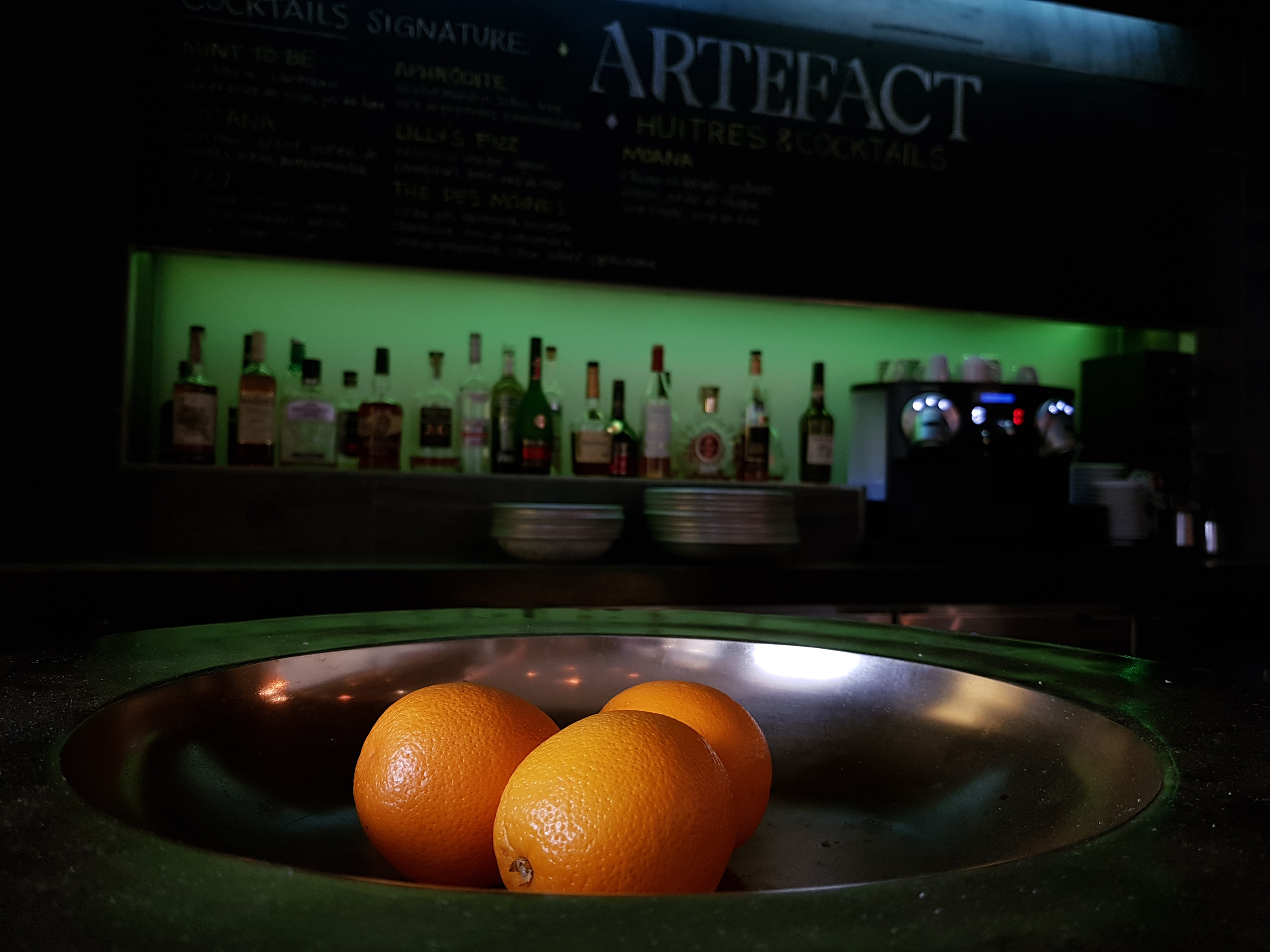
In contrast, LG makes its wide-angle lens fully accessible and interchangeable for both auto and manual modes. Ditto for the Asus Zenfone 3 Zoom. I’ve asked Samsung to clarify why the 2x lens won’t work in Pro and have yet to receive an answer.
Samsung’s fast focusing applies in Pro mode as well, unless you choose to focus manually. That’s highly beneficial because it’s perceptive enough to know there’s something to hone in on. Some of the nighttime shots I got with the Note 8 are the best I’ve seen on a smartphone to date. The only catch is the use of sharpening to improve composition. Zoomed out, it looks good, but zoom in more, and the work shows.
Shooting in RAW always helps avoid that last step, providing shooters with the raw data necessary to better edit a photo. It’s not rare — most flagships offer RAW now — but when you have a great camera to start with, it makes things easier.
Bixby Vision
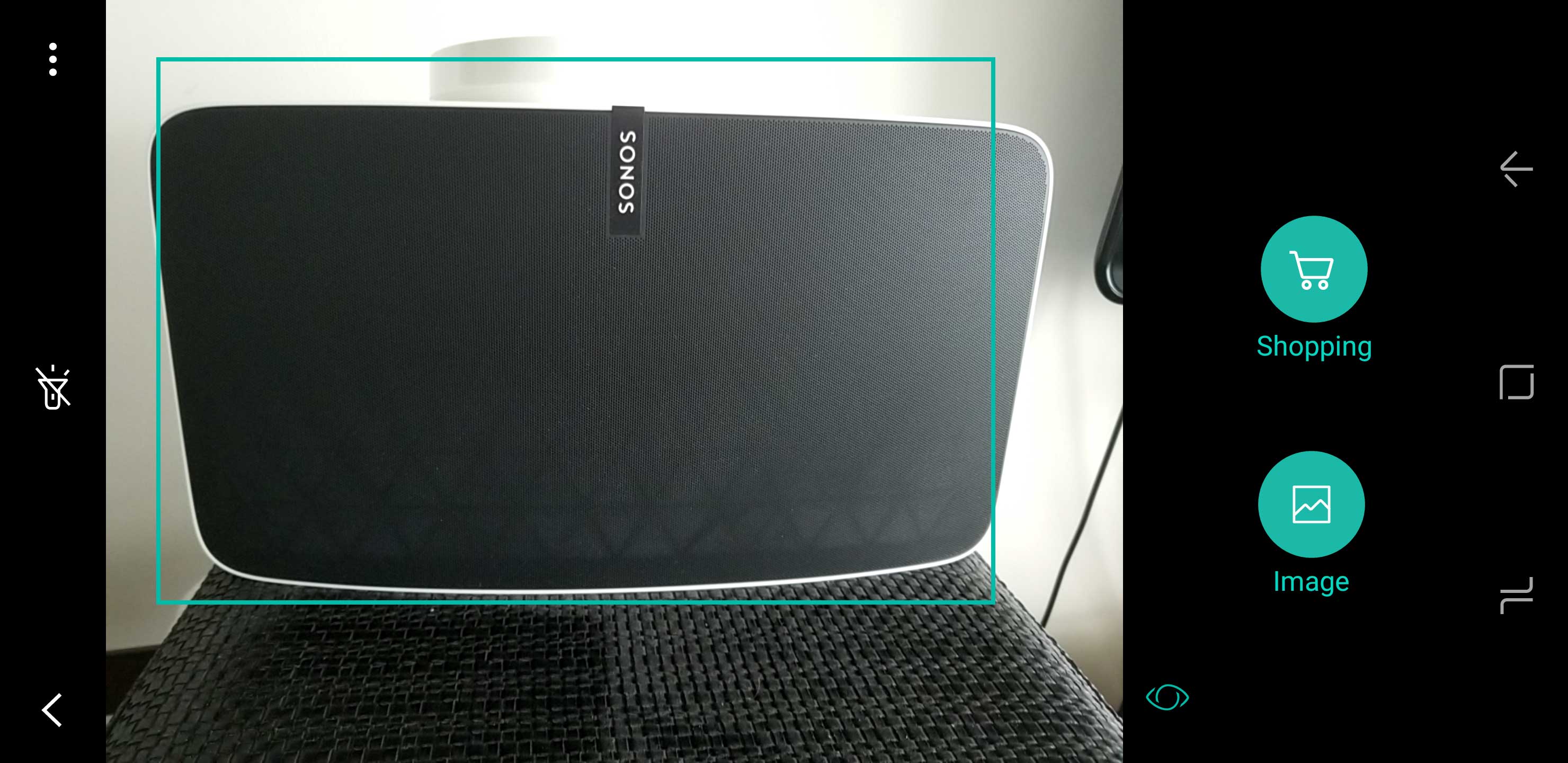
I see where Samsung wants to go with this, but the road seems long to get to respectability for this feature. Bixby Vision is designed to recognize four distinct things: places, text, images and shopping items. Selecting Vision from the camera menu and pointing it at anything within those four parameters is supposed to offer contextual feedback, be it information about where to buy a certain product or translating text on a sign.
It has a great premise, yet the execution isn’t up to par. I pointed at a number of products that garnered no results. Translations sometimes took two or three attempts. Landmarks were so-so, partly because not every landmark in every place is necessarily catalogued.
To get this off the ground, Samsung needs help, and without more partners on board to provide the context and content the feature needs, Bixby Vision won’t last, much less resonate.
Fire away
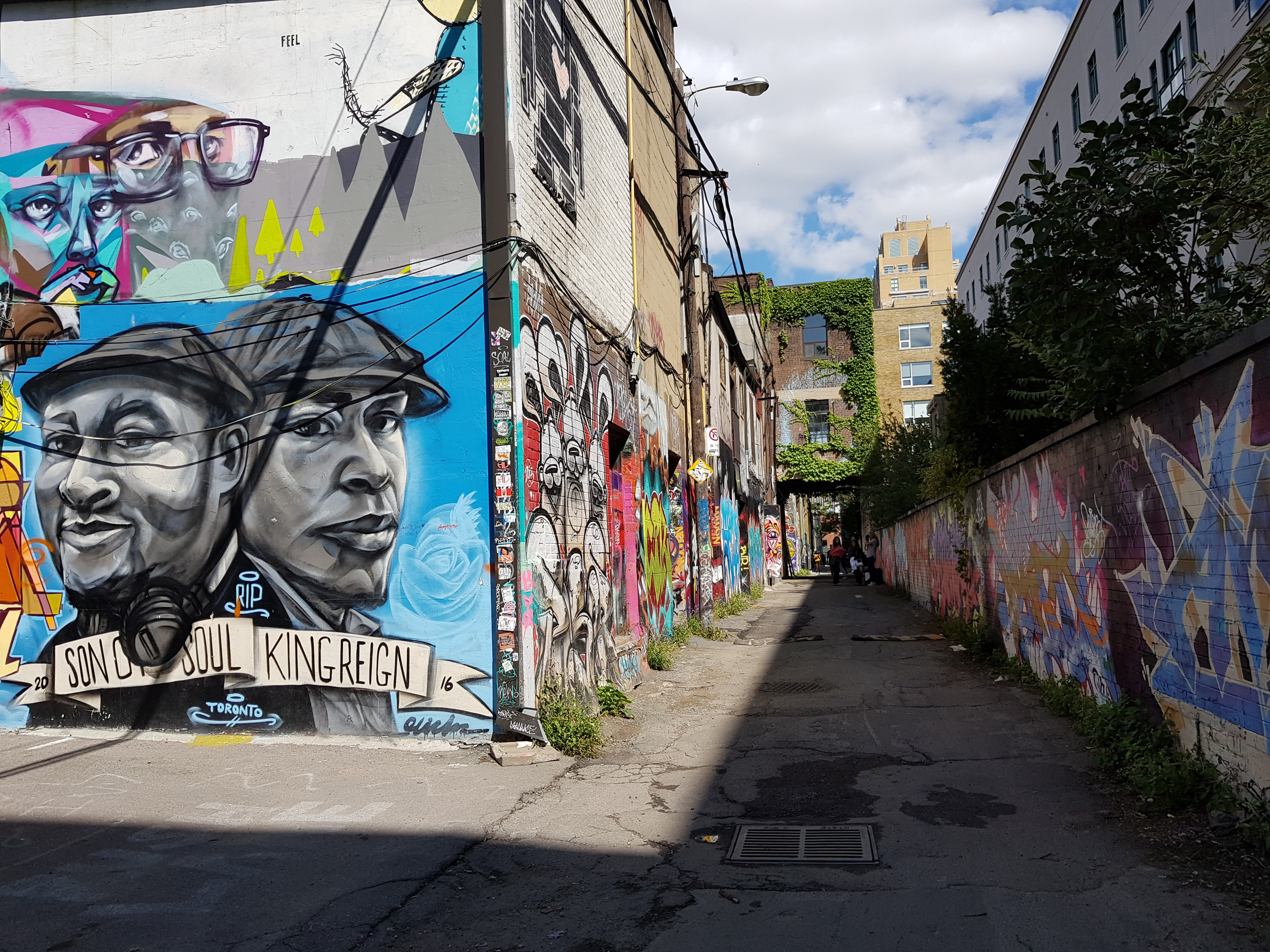
A good intangible that helps illustrate a phone camera’s prowess is the confidence in which users shoot with it. Knowing you have an excellent chance of producing a good capture from a phone is one way to feel connected to the device itself.
Samsung has that effect, even if it changed next to nothing on the camera’s foundation. Going back to even the S7 and S7 Edge, the company’s flagships shoot very similarly. Adding a second lens finally enables shooters to get closer to subjects without having to physically move toward them to close the gap.
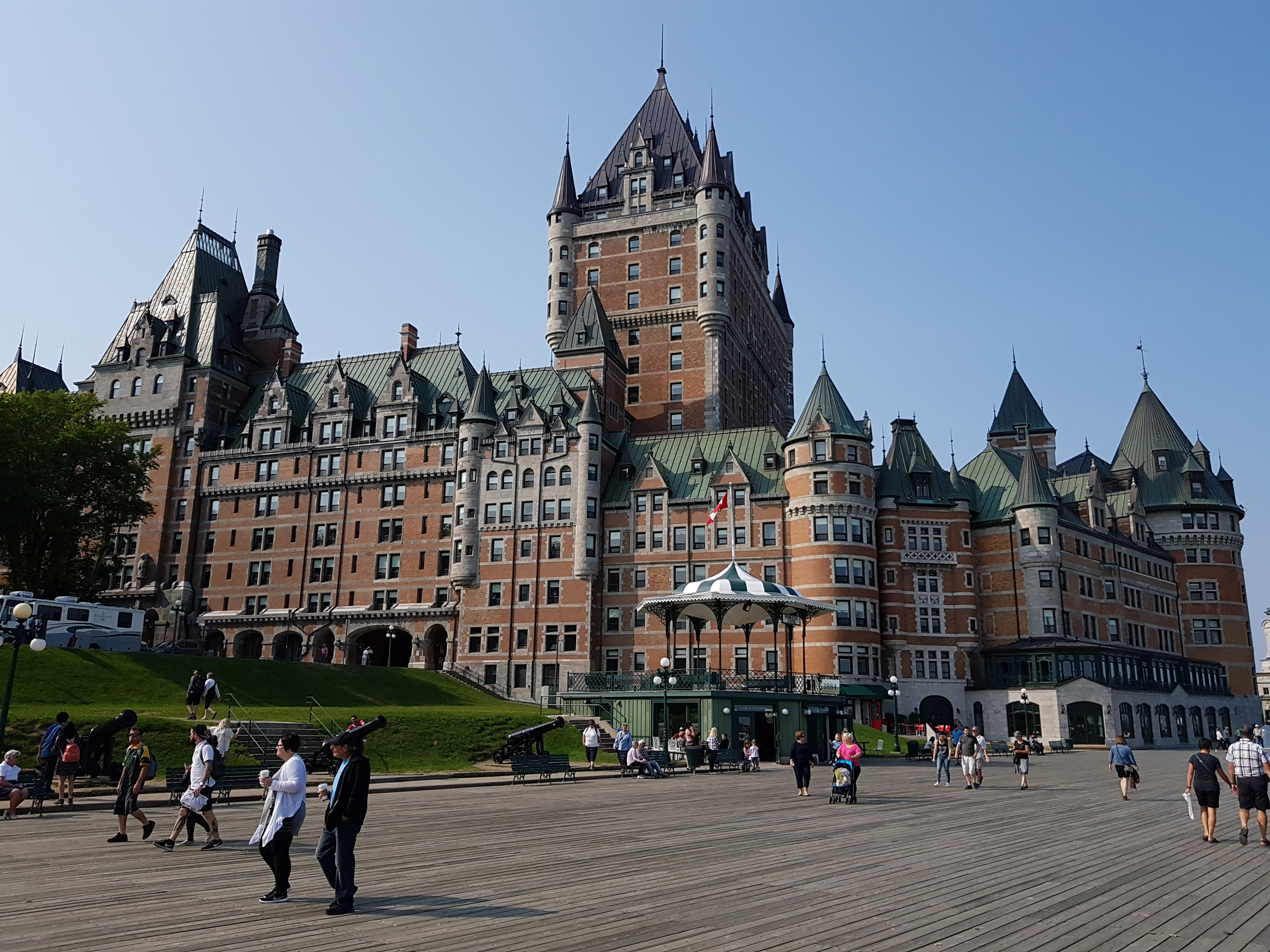
Few can match the Note 8 in its camera performance, and it stands as one of the device’s defining features. It’s not necessarily the best in every metric, but it’s a good bet that whatever it shoots will turn out well.
MobileSyrup may earn a commission from purchases made via our links, which helps fund the journalism we provide free on our website. These links do not influence our editorial content. Support us here.


